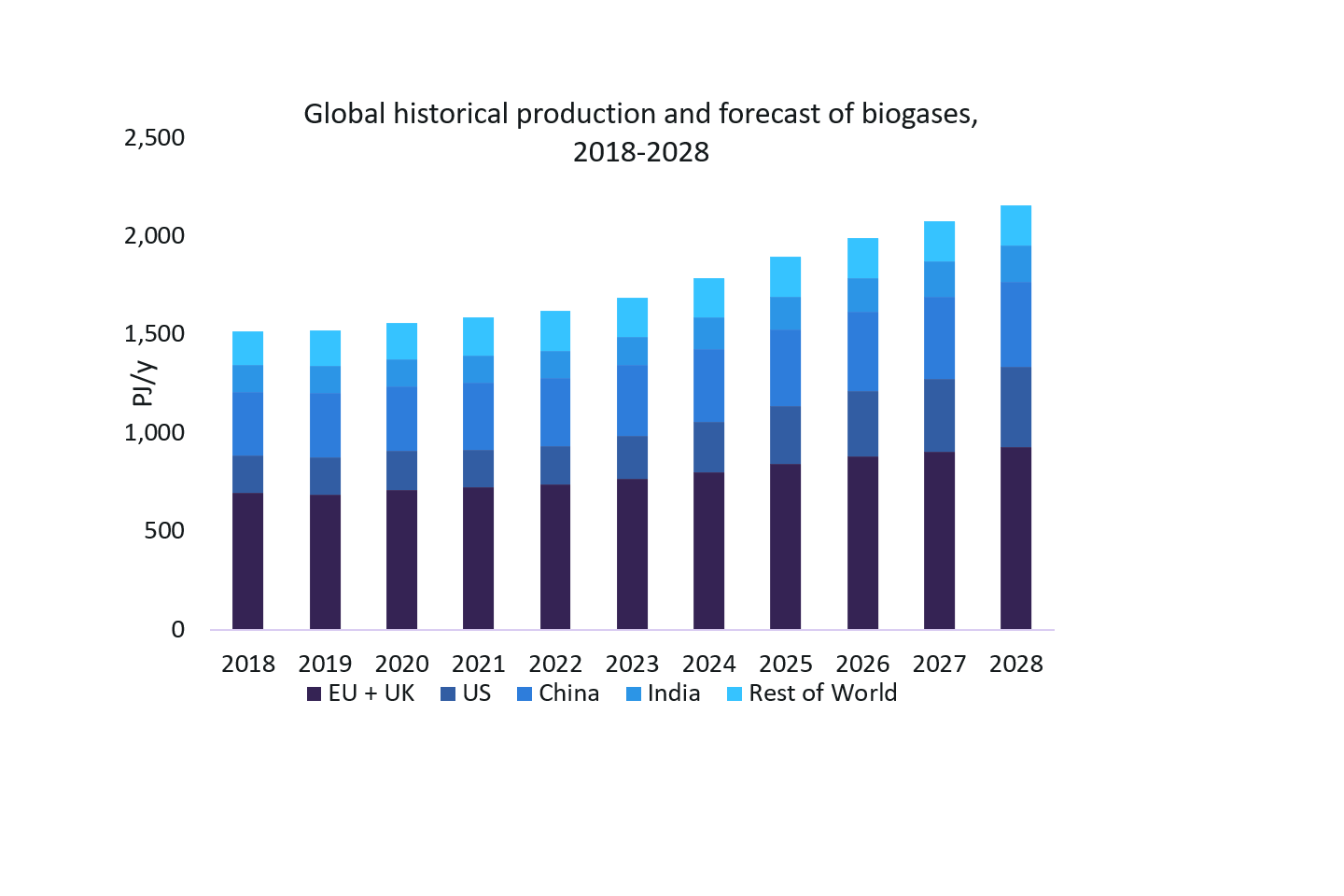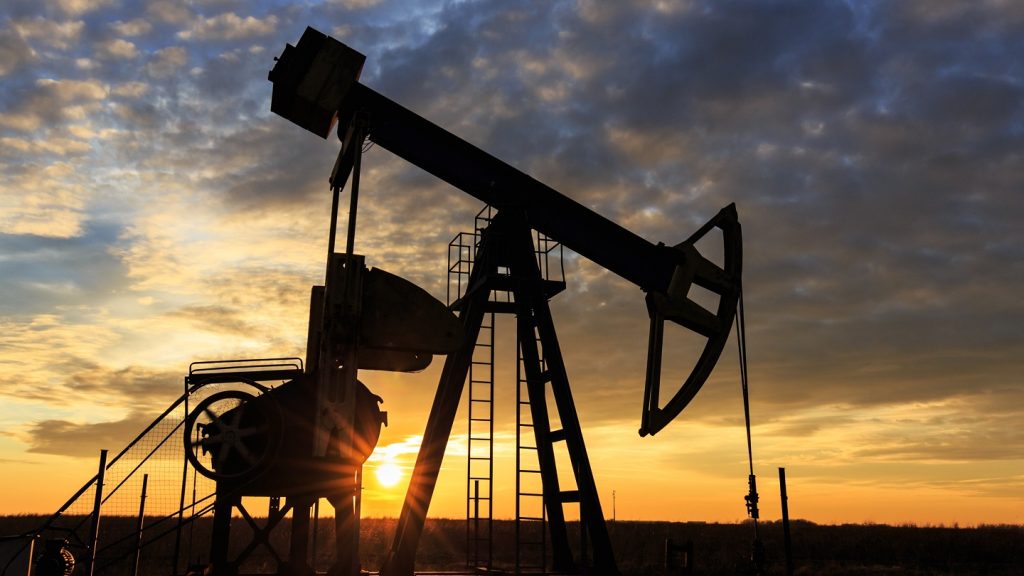Humans directly and indirectly generate more than 105 billion tonnes of organic waste globally each year, all of which release harmful methane and other greenhouse gas (GHG) emissions directly into the atmosphere as they decompose. In 2024, only 2% of such waste is treated and recycled. This percentage only represents a fraction of the potential of biogas and biomethane, which according to the International Energy Agency (IEA) could supply 20% of worldwide gas demand.
Biogas and biomethane are renewable energy technologies that can reduce the GHG emissions from untreated waste via fermentation using biogas reactors, and turn waste into energy by using pre-existing natural gas infrastructure and pipelines.
Biogas is very versatile and can be used to heat buildings and power boilers, as well as turned into electricity using combustion engines, fuel cells and gas turbines. It can also be used as vehicle fuel after it has been compressed.
Although these technologies seem to offer a win-win solution, they are yet to take off on a large scale. This article will explain and highlight the key barriers that are hindering biogas’ growth.
What can biogas actually do?
Together with its upgraded version, biomethane, it offers several advantages. Biogas can provide energy security, as it can be produced from feedstock types such as crop residues, animal manure, municipal solid waste and wastewater sludge, to which all regions can have access. As analysed by the IEA, in Europe, for example, the main feedstock types utilised are crops (8 Mtoe/y [million tonnes of oil equivalent per year]) and animal manure (6 Mtoe/y).
See Also:
Biogas can also reduce CO₂ emissions on multiple levels. As estimated by the World Biogas Association (WBA), the potential GHG abatement from all the different feedstock types can amount to 3,825 million tonnes of CO₂ per year. This is because biogas can prevent the emissions produced by the decomposition of organic matter from being released into the atmosphere, as well as displace fossil fuels as an energy source. Lastly, the digestate obtained in the biogas production process can be used as a natural fertiliser, reducing the need to produce carbon-intensive chemical fertilisers.
How well do you really know your competitors?
Access the most comprehensive Company Profiles on the market, powered by GlobalData. Save hours of research. Gain competitive edge.

Thank you!
Your download email will arrive shortly
Not ready to buy yet? Download a free sample
We are confident about the unique quality of our Company Profiles. However, we want you to make the most beneficial decision for your business, so we offer a free sample that you can download by submitting the below form
By GlobalDataBiogas is also a complementary technology to other renewables such as wind and solar, as it can be operated in a flexible mode and ramped up when other renewable sources’ capacity is low.
Biogas also encourages the adoption of circular economy practices within cities, as it can only be effective with proper waste segregation and treatment, and recycling.
One roadblock too many?
However, a series of barriers are hindering the technology’s growth. Firstly, biogas deals with infrastructural challenges such as issues along the waste value chain – poor waste collection, improper waste segregation and inadequate waste transportation.
Another technical barrier is the need for suitable land for the installation of equipment. The location of a biogas plant must be removed from urban centres as it is space-intensive and produces an unpleasant odour during the process of anaerobic digestion, but cannot be too far from either urban or rural areas as both provide feedstock: the former, municipal solid and water waste, and the latter, manure and waste crops. If the plant is too far from its feedstock, transportation costs hinder the technology’s cost-effectiveness.
The IEA, however, sees these as negligible obstacles for developing economies. Their low cost of feedstock and the availability of vast rural areas will prove biogas a valuable resource and a cheaper alternative to natural gas. The IEA predicts that between 2010 and 2040, biogas’ direct use will increase at a combined annual growth rate (CAGR) of 8.3% for developing economies, and at a CAGR of 3.7% for advanced economies.
Similar hurdles have been overcome by other technologies
Biogas plants also require warm temperatures to operate (between 30⁰ and 40⁰C), as low temperatures affect the biogas fermentation process. This leads to a higher energy requirement in colder regions, thus affecting its sustainability and efficiency. Similarly, biodigesters require abundant amounts of water, making biogas production less feasible in arid regions.
Moving on to economic barriers, the installation and operation of biogas plants are very costly. This includes the infrastructure itself, as well as highly trained personnel, regular maintenance of the plant and treatment and transportation of the feedstock. The situation is exacerbated by the lack of government support, as very few subsidies such as soft loans or loans with preferential terms are offered, thereby reducing the attractiveness of biogas to potential investors.
But many of these hurdles, such as high costs and challenging infrastructure, are not unique to biogas and have been overcome by other technologies.
One obstacle, however, is unique to biogas and is causing a ripple effect on the technology’s development: the socio-cultural barrier. There is a heavy lack of public and private involvement, as biogas is often stigmatised as a “dirty” technology and is not perceived to be as attractive as solar or wind. Many cultures do not segregate their waste, and struggle to come to terms with utilising it as a source of energy. As a result, biogas is overlooked by governments and in turn, by investors.
Final verdict: is investing in biogas worth it?
For biogas technologies to reach their full potential, what is needed the most is a shift in mindset. Although biogas and biomethane come with downsides, there are some key points to consider.
With the global population increasing, there will be an inevitable increase in energy demand. Renewable technologies such as wind and solar are growing and their intermittency issues require an advanced energy storage infrastructure that has been slow to emerge. As a result, a combination of energy sources will be required to ensure reliability. This is particularly true for energy-intensive industries, such as steel and cement, which form a core part of the infrastructure and materials upon which society relies.
It is by finding technologies that work alongside other renewables, as well as helping decarbonise hard-to-abate industries, that a successful energy transition will take place. A technology such as biogas that offers an alternative to fossil fuels as well as an optimisation of waste management, presents a solution that should not be overlooked.








